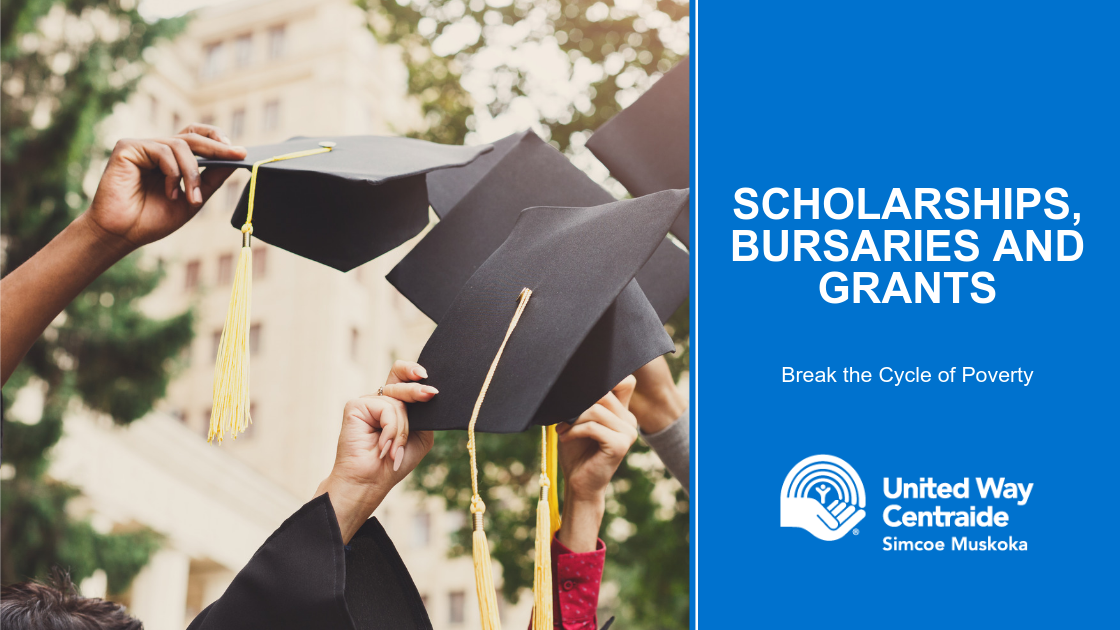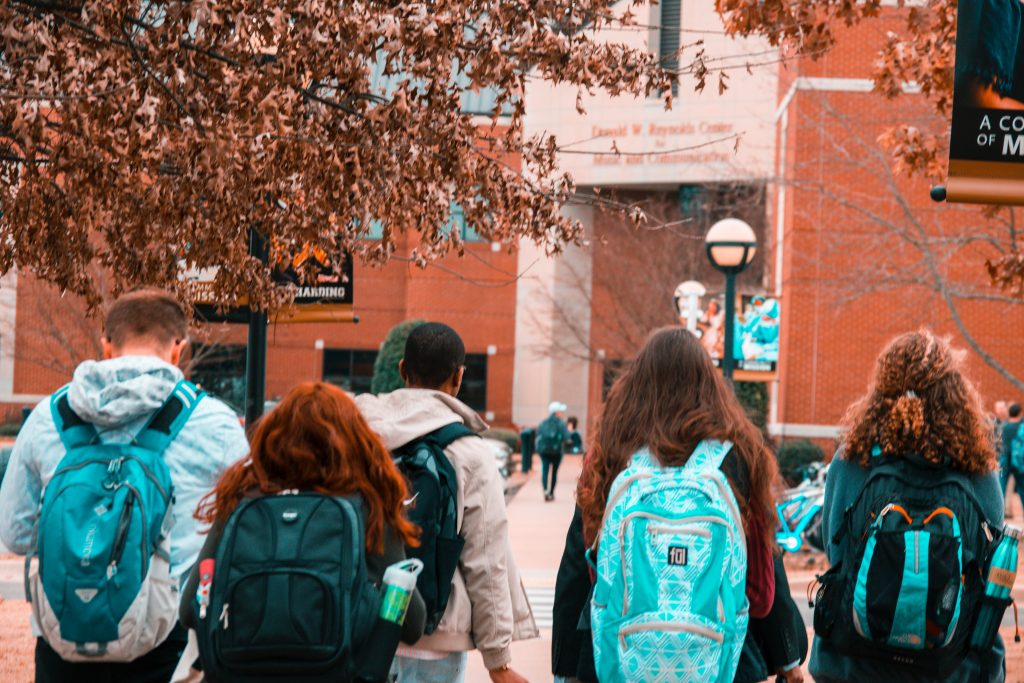
04 Sep Break the Cycle of Poverty with Scholarships, Bursaries and Grants
Poverty isn’t easy to escape. The many issues that arise from poverty help to feed the cycle that keeps people trapped. Worse, this cycle often traps the children of those living in poverty, which means that many are stuck from a young age.
One of the ways that poverty hurts youth is by denying them access to a post-secondary education. School is expensive and, while there are options like loans to make school possible, it can easily lead to crippling debt. This is on top of the other struggles that new graduates need to go through. So for those living in poverty, it seems like the only options are taking on a major burden to go to school or not go at all.
In an effort to break this cycle, there are hundred of millions of dollars in scholarships, bursaries and grants available across Canada. Despite this, there are millions of dollars every year that go unclaimed. That’s the tuition for hundreds, even thousands of youth or adults experiencing poverty to get a better education.
That’s the chance for thousands of people to break the cycle of poverty.
If you’re applying for school, entering your first year, heading back to class or thinking about returning to further your education, hopefully this blog will make the process a bit easier and help you or someone you know take that first step out of poverty.
Applying for scholarships, bursaries and grants
First, you should understand the difference between these three awards.
Scholarships are non-repayable (you don’t have to pay it back) funds that are based on your accomplishments. Most scholarships need to be applied for, but some are automatically given out.
Bursaries are also non-repayable. They’re usually given out based on a combination of financial need and accomplishments. You need to apply for bursaries.
Grants are usually government-issued, non-repayable funds. They are commonly based on financial need.
While you might receive an entrance scholarship to a school based on your grades, most awards need to be applied for. Each application should be given the care and attention it deserves, even if it means writing 15 essays.
It might take you an hour or two to write each essay, but that essay could result in a scholarship or bursary of thousands of dollars. That’s worth the extra time to perfect each application.
Who can apply for scholarships?
There’s a common misconception that these funds can only be applied for if you have the best grades in your class. This used to be the case, but now there are a lot more opportunities to apply for funds. This is a move in the right direction for financial aid, as poverty has been shown to have a negative impact on an individual’s performance in school.
be applied for if you have the best grades in your class. This used to be the case, but now there are a lot more opportunities to apply for funds. This is a move in the right direction for financial aid, as poverty has been shown to have a negative impact on an individual’s performance in school.
Luckily, most scholarships and bursaries are based on your accomplishments, your financial needs or a combination of both.
These accomplishments could range from sports to clubs, from leadership to your summer jobs. Everyone has experiences that make them unique, and these experiences should be highlighted in essays and applications for your scholarships.
Make sure to be thorough in your search, too. There are countless opportunities for women, Indigenous students, ethnic and visible minorities, persons with disabilities, and others who are disproportionately affected by poverty.
There are scholarships offering non-traditional assistance, too. This contest, for example, rewards you with a $1000 Apple gift card. While we might not immediately think of an Apple gift card as financial aid for school, gift cards like these can be used to buy laptops, tablets, or just help with stress by letting you buy music and movies.
Being a student is incredibly expensive, so make sure you apply for every opportunity you’re eligible for. Don’t put off applying for these awards, either; deadlines are throughout the year, though many organizations and companies are accepting applications in September.
Helpful Resources
Here are a handful of links that can help you find the scholarships, bursaries and grants that you might be eligible for.
Scholarships Canada is a database of almost 100,000 awards for students.
Universities Canada awards more than 3,500 scholarships and bursaries each year.
Yconic is a database of scholarships and helpful information for students and parents.
The Government of Canada offers scholarships, grants and student loans.
OSAP is the Ontario Student Assistance Program, which offers a combination of grants and loans.
Colleges and Universities, like Georgian College, offer scholarships and awards for their students. Make sure to check out what your school offers.
ScholarTree helps find the scholarships you are eligible for. Companies and businesses can even start their own scholarship.
SchoolFinder helps you explore possible programs and scholarships.
Your high school might have scholarships available or their own database of awards to apply for.
Google can help you find smaller scholarships or local ones. Just search for “Scholarships + your town” and see what comes up. The Bala Cranberry Festival, for example, has funds available for students in the Muskoka Lakes Townships.

Want to get some great experience?
If you really want to stand out in your essay, consider getting involved with United Way Simcoe Muskoka’s Youth United. You and your friends can create and work together on a project that has a huge impact on your community, or you can join our Youth Council and be part of approving projects for funding. Either way, it makes for a great addition in those applications.
Learn more about Youth United here.
While you’re at it, subscribe to our newsletter and follow us on Facebook, Instagram and Twitter to see how United Way Simcoe Muskoka is making poverty #UNIGNORABLE in our communities.



Sorry, the comment form is closed at this time.